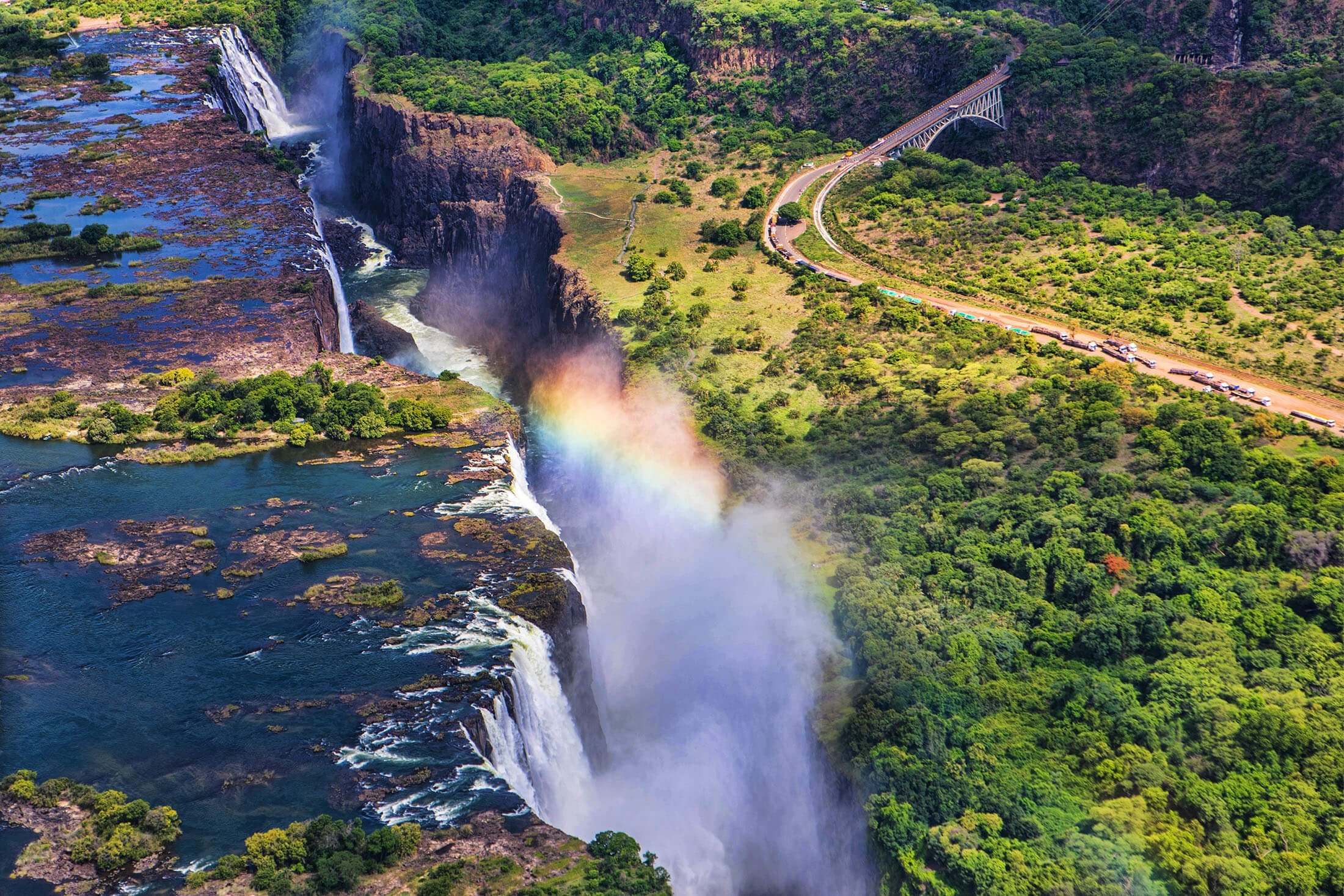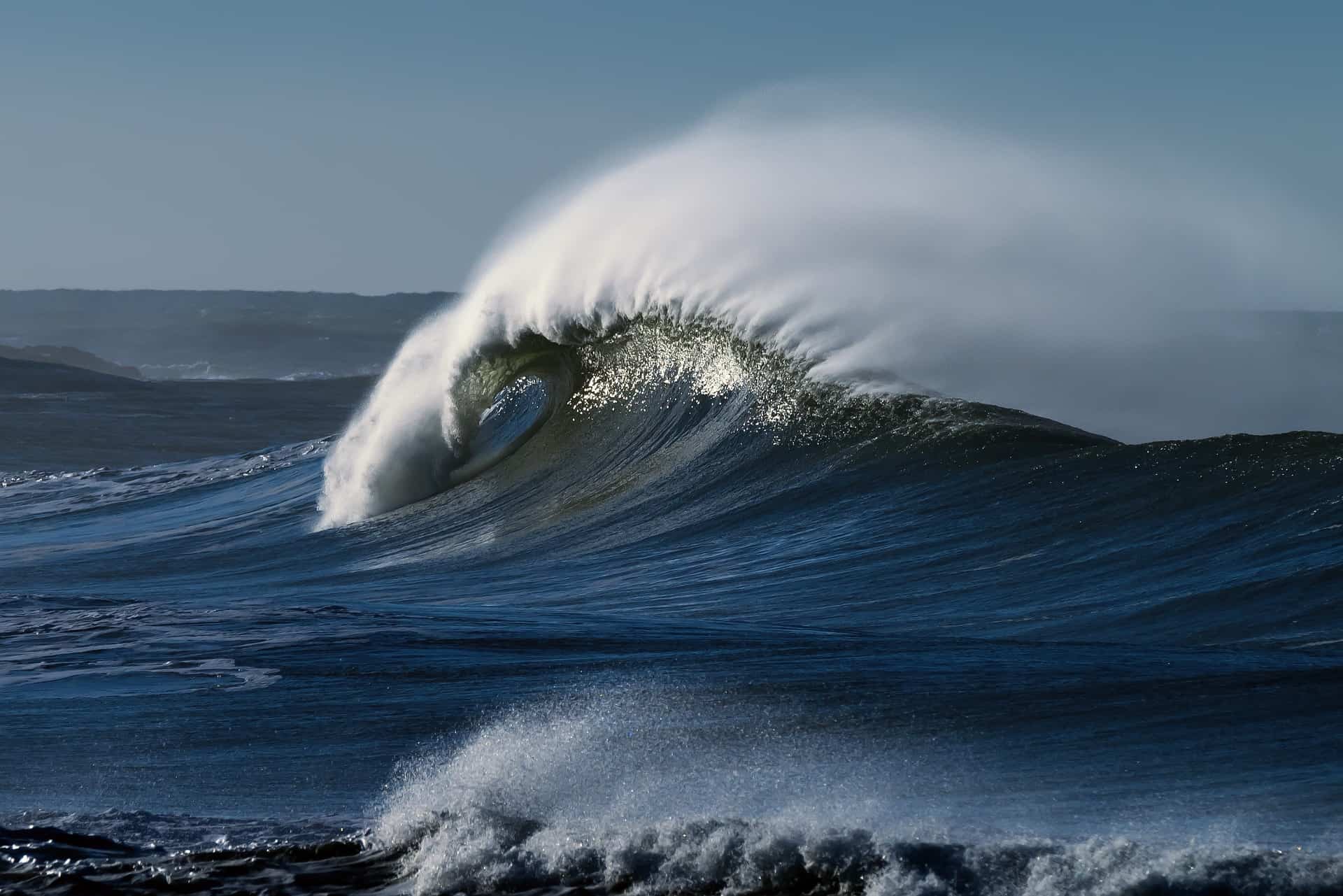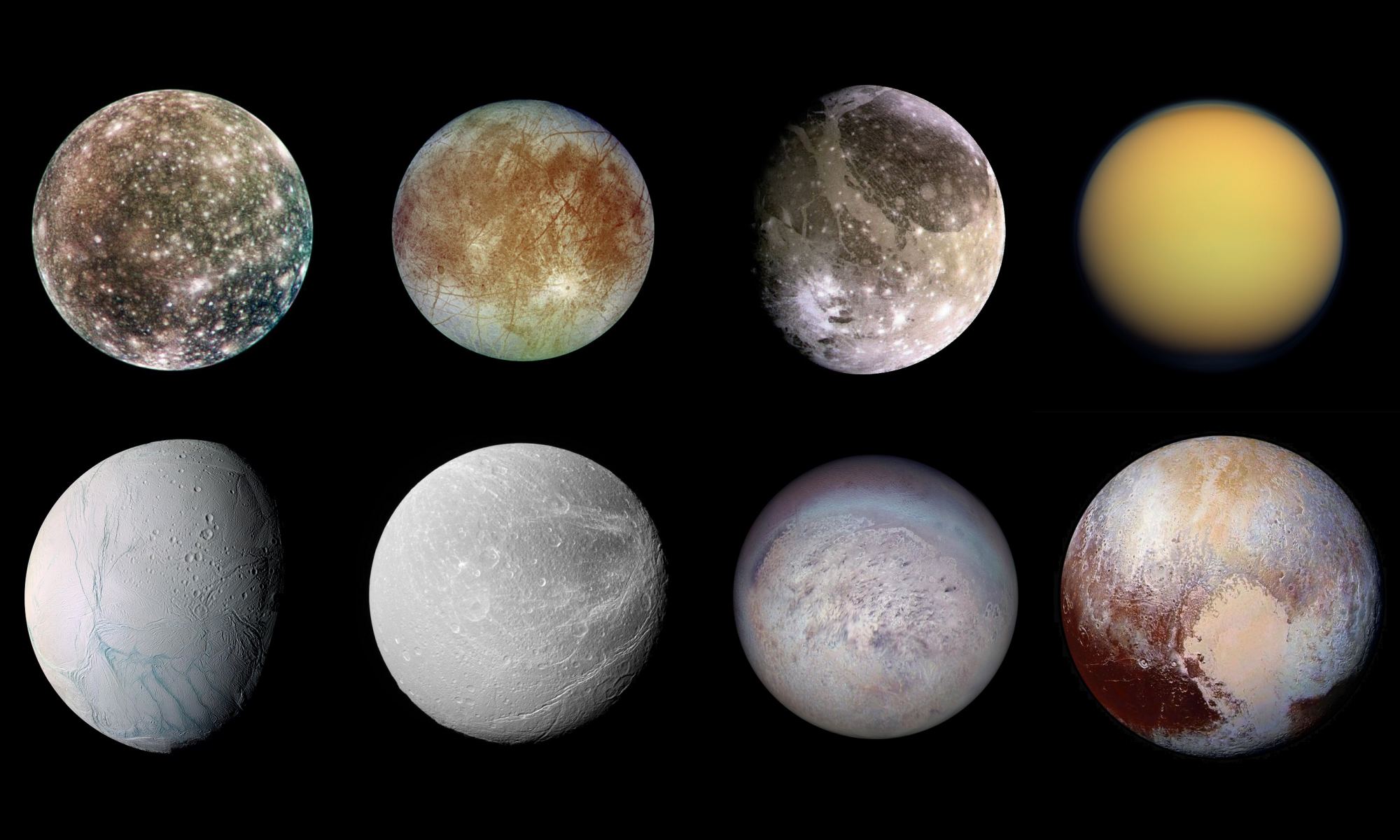The world's largest, oldest, and deepest ocean, the Pacific Ocean, contains an incredible diversity of life forms and ecosystems, making it a place of great curiosity and scientific significance.
Editor's Notes: Unleash The Pacific's Wonders: Exploring The World's Largest Ocean have published today date. It provides valuable insights and information on the topic that is critical to understanding the Pacific Ocean.
Our team has been researching and analyzing information to develop this helpful guide to assist our audience in gaining a comprehensive understanding of the subject matter.
FAQ
This comprehensive FAQ section clarifies crucial aspects and dispels any misconceptions surrounding the vast Pacific Ocean.
Question 1: How vast is the Pacific Ocean?
The Pacific Ocean covers an immense 165.2 million square kilometers, constituting over a third of Earth's total surface area.
Question 2: What is the deepest point in the Pacific Ocean?
The deepest point in the Pacific Ocean is the Mariana Trench, with a depth of approximately 11 kilometers.
Question 3: What types of marine life inhabit the Pacific Ocean?
The Pacific Ocean is home to an astonishing array of marine life, including diverse species of fish, whales, dolphins, sea turtles, and numerous invertebrates.
Question 4: How important is the Pacific Ocean to global climate patterns?
The Pacific Ocean plays a pivotal role in regulating global climate patterns through its vast currents and thermal inertia.
Question 5: What are some of the challenges facing the Pacific Ocean?
The Pacific Ocean faces numerous challenges, including pollution, overfishing, and climate change, which threaten its biodiversity and ecosystem health.
Question 6: How can we protect the Pacific Ocean?
Protecting the Pacific Ocean requires collective efforts, such as reducing plastic waste, supporting sustainable fishing practices, and taking action to mitigate climate change.
By understanding these key aspects, we can gain a deeper appreciation for the Pacific Ocean's significance and the urgent need to protect its delicate balance.
Tips
Discover the Pacific Ocean's wonders with these insightful tips from Unleash The Pacific's Wonders: Exploring The World's Largest Ocean.

World's Largest Yoyo | ppgbbe.intranet.biologia.ufrj.br - Source www.ppgbbe.intranet.biologia.ufrj.br
Tip 1: Research Marine Life Hotspots
Identify areas known for diverse marine ecosystems, such as coral reefs, kelp forests, and seamounts. These hotspots offer unparalleled opportunities to observe a wide array of species.
Tip 2: Choose the Right Time to Visit
Depending on the region, specific seasons may offer better visibility, warmer waters, and increased wildlife activity. Plan your trip accordingly to maximize your underwater encounters.
Tip 3: Learn Basic Underwater Etiquette
Respect the marine environment by avoiding touching or feeding wildlife. Maintain a safe distance, follow designated paths, and leave no trace of your presence.
Tip 4: Consider Guided Tours
Local guides can provide valuable insights into the area's marine life, history, and conservation efforts. They can lead you to secret dive sites and share their knowledge of underwater treasures.
Tip 5: Respect the Coral
Coral reefs are fragile and easily damaged. Avoid touching, standing on, or anchoring near them. Use reef-safe sunscreen and avoid using flash photography, as it can bleach the corals.
Tip 6: Pack the Right Gear
Invest in quality snorkeling or diving equipment that fits comfortably and allows you to explore safely and comfortably. Consider bringing a waterproof camera to capture the stunning underwater world.
Tip 7: Support Local Conservation Initiatives
Look for opportunities to contribute to marine conservation efforts, such as volunteer beach cleanups or supporting organizations dedicated to protecting the Pacific Ocean.
Tip 8: Respect Local Customs and Traditions
When visiting coastal communities, be mindful of local customs and traditions. Ask for permission before entering sacred sites or fishing areas, and respect the rights of traditional fishermen.
These tips will enhance your exploration of the Pacific Ocean, ensuring a safe, memorable, and respectful experience in the world's largest and most diverse body of water.
Unleash The Pacific's Wonders: Exploring The World's Largest Ocean
Spanning one-third of the globe's surface, the Pacific Ocean holds an unparalleled array of marine wonders. Exploring its vast expanse requires a comprehensive examination of key aspects that define this awe-inspiring body of water.
- Immense Size: Encompassing nearly 64 million square miles, the Pacific Ocean is larger than all the Earth's continents combined.
- Rich History: Explorations dating back to ancient Polynesian navigators have unveiled the Pacific's rich cultural heritage.
- Abundant Biodiversity: Home to over 100,000 marine species, the Pacific Ocean is a haven for diverse ecosystems.
- Economic Significance: Fishing, shipping, and tourism contribute significantly to the economies of Pacific nations.
- Environmental Challenges: Pollution, climate change, and overfishing threaten the health of this fragile ecosystem.
- Scientific Discoveries: Explorations continue to reveal new insights into the ocean's depths, its geology, and its role in the global climate system.
These aspects collectively paint a vibrant portrait of the Pacific Ocean, highlighting its immense scale, rich history, and diverse marine life. Understanding these key elements is crucial for unraveling the wonders that lie beneath its waves and for ensuring its preservation for generations to come.

7 natural wonders of the world | Daily Sabah - Source www.dailysabah.com

Top 15 Pacific Ocean Facts - Nature, Economy, History & More | Facts.net - Source facts.net
Unleash The Pacific's Wonders: Exploring The World's Largest Ocean
The Pacific Ocean, the world's largest and deepest, holds a wealth of wonders and mysteries that have captivated explorers, scientists, and dreamers for centuries. Its vast expanse, rich marine biodiversity, and complex geological formations make it a vital component of our planet's ecosystems and a source of scientific discovery, economic opportunity, and cultural heritage.

Roadmap to Ocean Worlds Archives - Universe Today - Source www.universetoday.com
Unleashing the Pacific's wonders requires a comprehensive understanding of its interconnectedness. Its physical properties, including temperature, salinity, and currents, shape the distribution of marine life and influence weather patterns worldwide. The ocean's depth and topography create diverse habitats, from shallow coral reefs teeming with biodiversity to deep-sea trenches that harbor unique and fragile ecosystems.
Exploring the Pacific's wonders also encompasses its human dimension. Indigenous cultures have depended on the ocean's bounty for sustenance, transportation, and spiritual practices for millennia. Modern societies rely on the Pacific for food, energy, and trade. However, human activities can also pose threats to the ocean's health, such as overfishing, pollution, and climate change.
Conclusion
Unlocking the Pacific's wonders requires a collaborative effort to protect and sustainably utilize its resources while advancing scientific understanding. By fostering international cooperation, investing in research and innovation, and raising public awareness, we can harness the Pacific's potential to benefit humanity and safeguard its ecological integrity for generations to come.